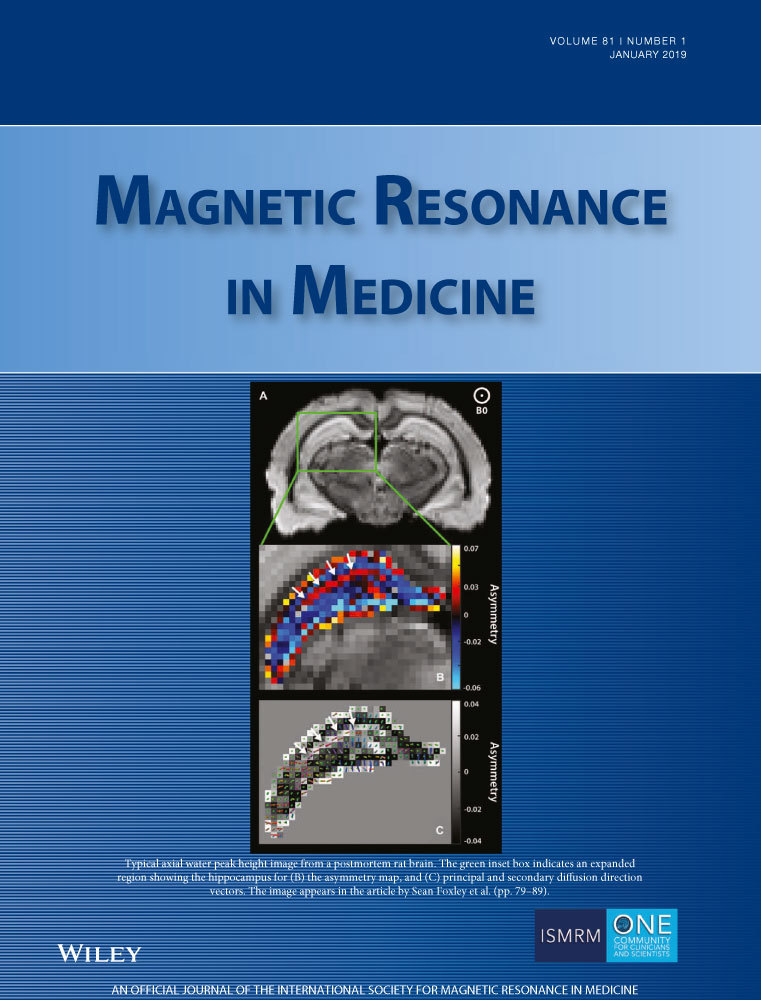Functional magnetic resonance electrical impedance tomography (fMREIT) sensitivity analysis using an active bidomain finite-element model of neural tissue
Funding information: National Institute of Neurological Disorders and Stroke of the National Institutes of Health; Grant/Award number R01NS077004
Abstract
Purpose
A direct method of imaging neural activity was simulated to determine typical signal sizes.
Methods
An active bidomain finite-element model was used to estimate approximate perturbations in MR phase data as a result of neural tissue activity, and when an external MR electrical impedance tomography imaging current was added to the region containing neural current sources.
Results
Modeling-predicted, activity-related conductivity changes should produce measurable differential phase signals in practical MR electrical impedance tomography experiments conducted at moderate resolution at noise levels typical of high field systems. The primary dependence of MR electrical impedance tomography phase contrast on membrane conductivity changes, and not source strength, was demonstrated.
Conclusion
Because the injected imaging current may also affect the level of activity in the tissue of interest, this technique can be used synergistically with neuromodulation techniques such as deep brain stimulation, to examine mechanisms of action.




